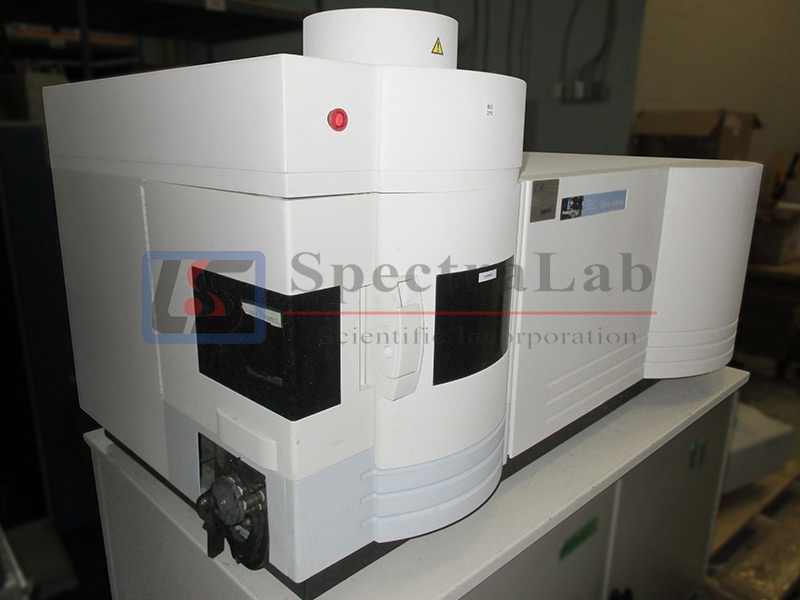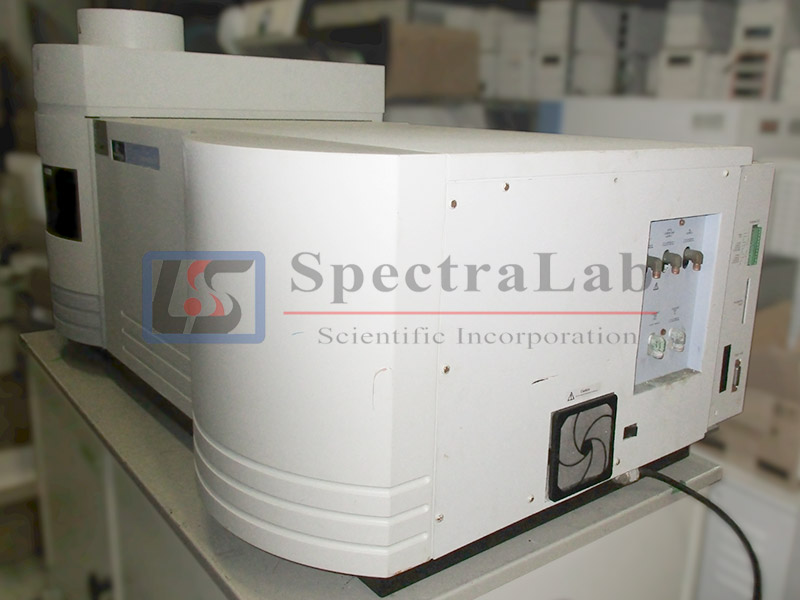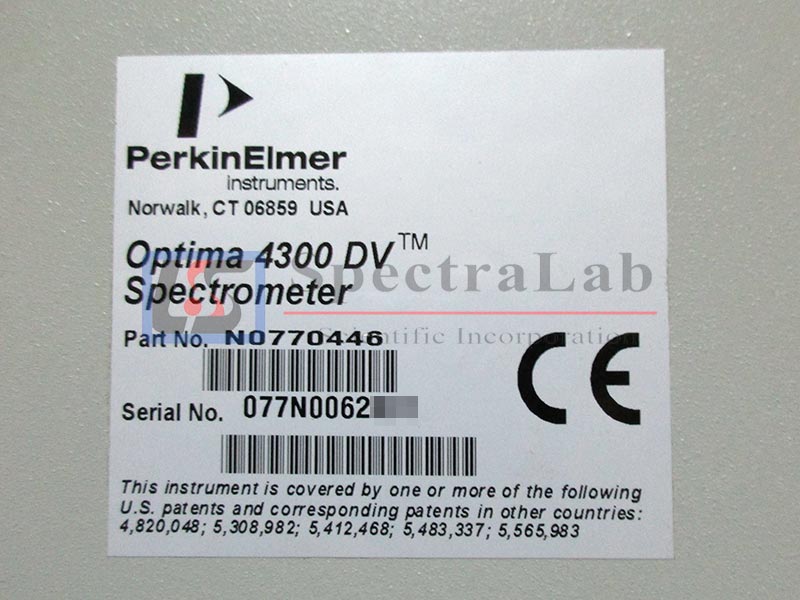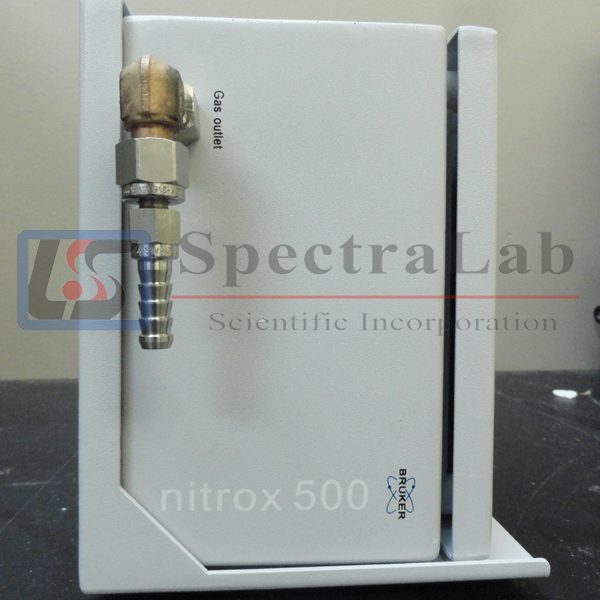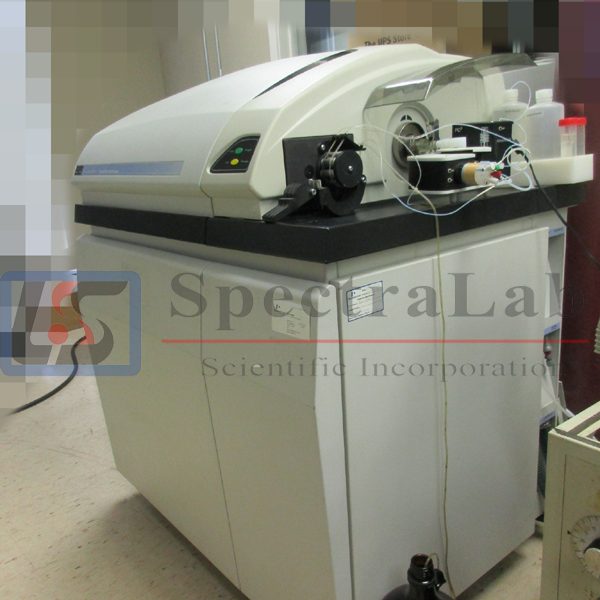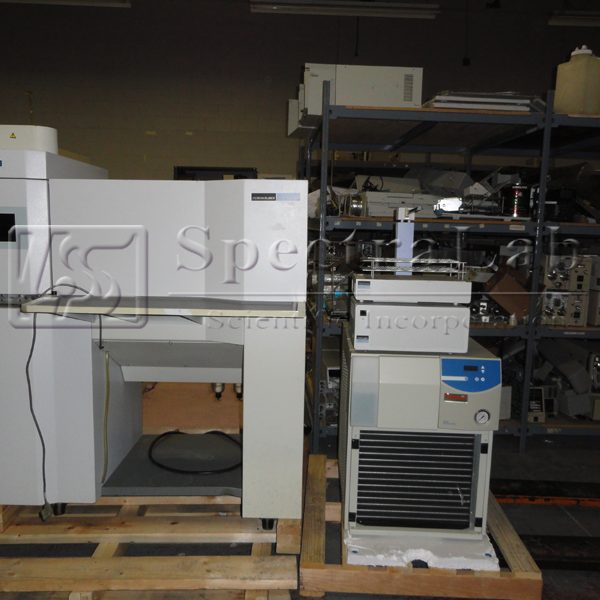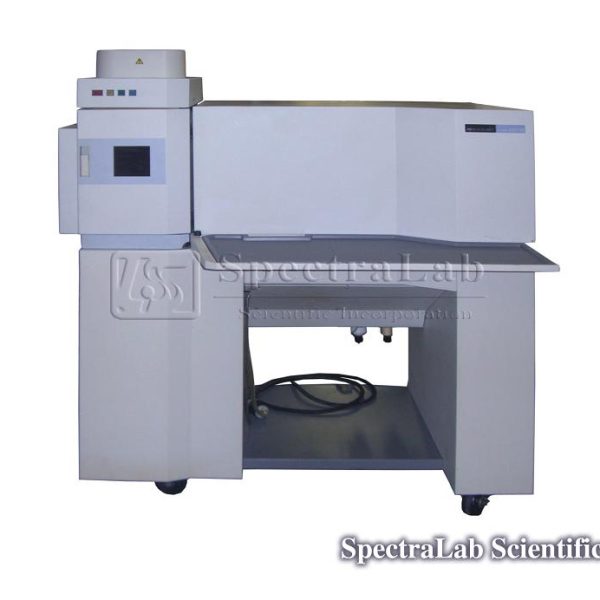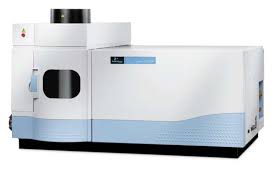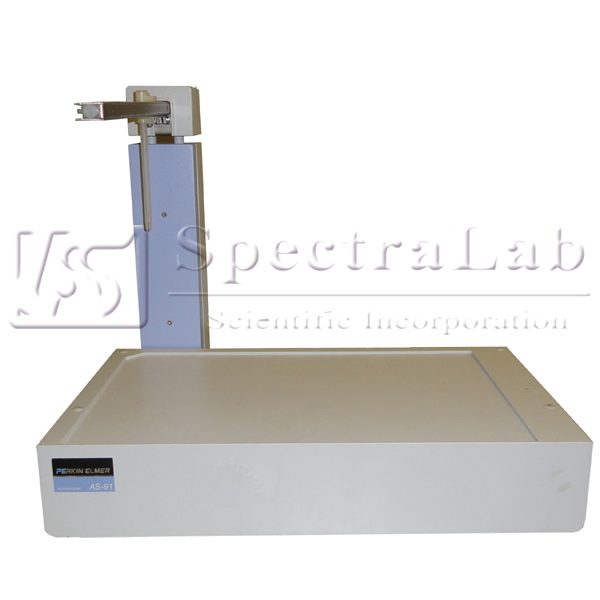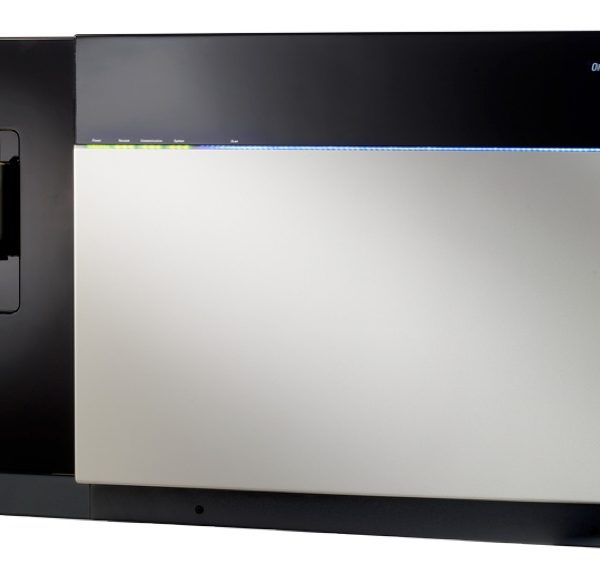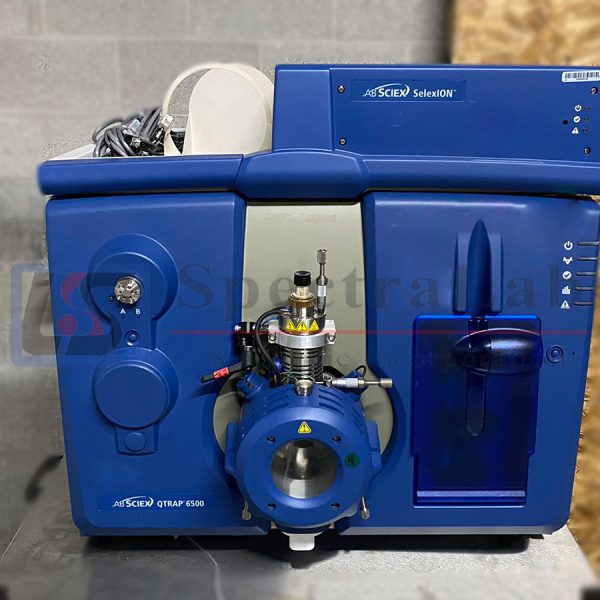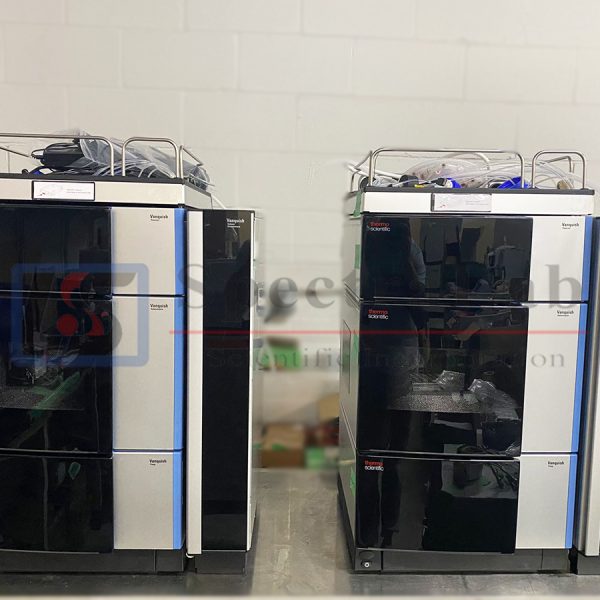The Optima 4300 DV ICP-OES offers the performance required to maximize productivity. While other simultaneous ICPs claim speed, only the Optima 4000 DV Series has the optimized design required to ensure accuracy, improve method development, and consistently deliver the correct answer. The system is ideal for laboratories with moderate to heavy loads of difficult samples.
The high energy echelle-based Optima polychromator utilizes one or two SCD detectors depending on the Optima model. The measured resolution of the system is 0.006 nm at 200 nm. The 80 by 160 mm echelle grating (manufactured by PerkinElmer) has 79 lines per mm and a blaze angle of 63.4 degrees. With the Optima 4300 DV, a 60-degree fused-quartz prism is added as the cross disperser for the visible region (403 – 782 nm). The UV disperser on all Optima 4000 DV series of spectrometers incorporates Schmidt correction into its surface to eliminate aberration for the 400-mm radius camera sphere. The entire optical system is enclosed in a purged and thermostatted optical enclosure. The optical enclosure is mounted on the same, large optical bench as the sample introduction system. The optical bench is shock-mounted to the frame of the instrument so that normal floor vibrations do not affect system performance.
Plasma Viewing
With the patented dual-view capabilities of the Optima 4000 DV series (U.S. Patent No.5,483,337), viewing of the plasma is accomplished by computer control of a mirror located in the optical path and allows selection of axial or radial view and adjustment of the plasma viewing in both the vertical and horizontal planes. The viewing position can be optimized by the software.
Shutter and Hg Recalibration System
The computer-controlled, pneumatically operated shutter automatically opens and closes for each sample. By closing the shutter between each sample, the first transfer mirror is protected from long exposures to the intense UV radiation of the plasma, thus extending the useful lifetime of the mirror. A mercury lamp is built into the shutter mechanism and can be viewed when the shutter is closed to monitor the mercury emission line at 253 nm and automatically update the system wavelength calibration. Frequency of the automatic recalibration is user-selectable between 0 and 1000 minutes and can be varied during an autosampler analysis.
Detector
The patented PerkinElmer Segmented-array Charge-coupled Device (SCD) detectors (U.S.Patent No. 4,820,048)) consist of 235 addressable subarrays, with over 6000 pixels on a 13 by 19 mm silicon substrate. Typical readout noise is about 13 electrons RMS; dark current is less than 100 electrons/pixel/second; and readout speed is 50 µsec/pixel. Correlated double sampling data acquisition electronics further reduce electronic noise.

